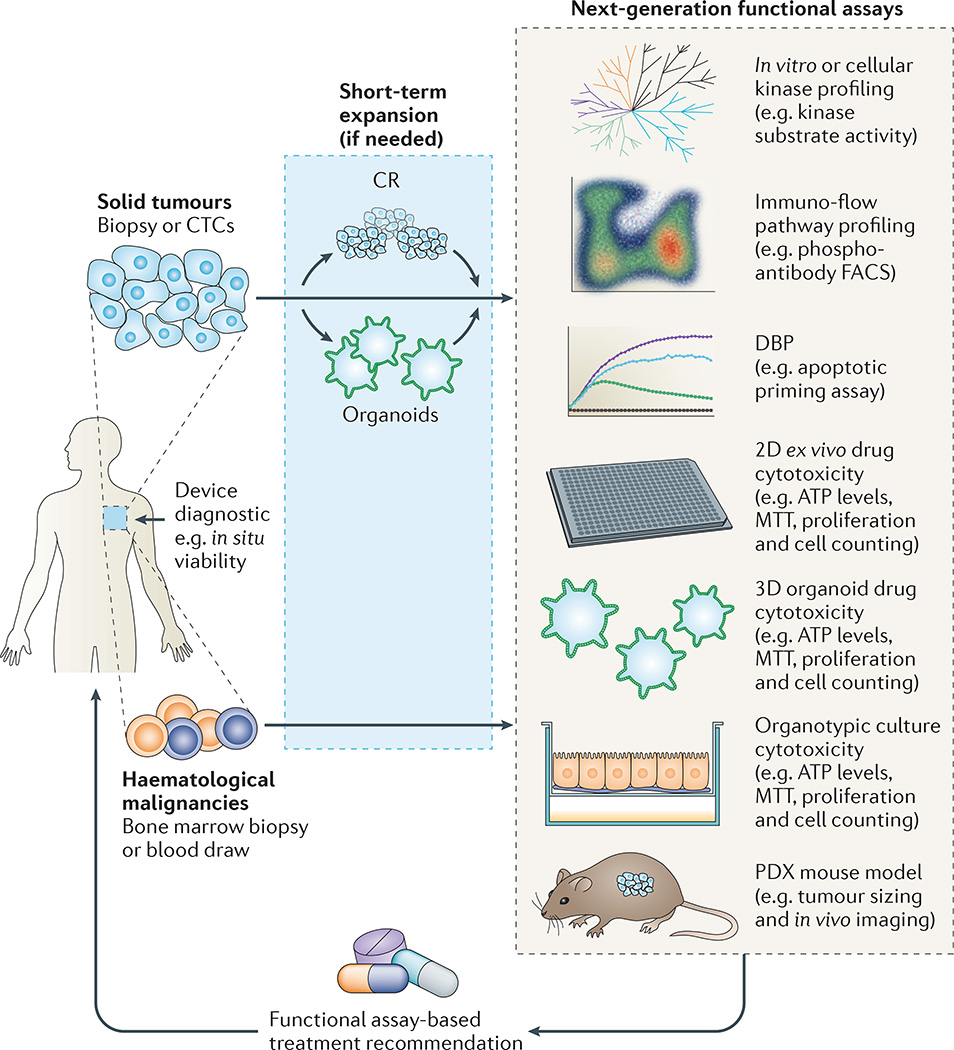Figure 1. Next-generation approaches for cancer precision medicine.
As discussed in the text, a wide range of new technologies have been developed for the ex vivo determination of live tumour cell responses to drug therapies. These include (arranged from top to bottom of figure) target- and pathway-based methods, direct cytotoxicity (reduction in tumour cell numbers) and in vivo models. All methods end in a recommendation for (or against) a specific therapy for a patient with advanced cancer on an individualized basis. For small tumour samples and depending on the method, some ex vivo expansion may be necessary before a functional measurement can be made. Combinations of these functional approaches may also be needed. Combined with gene sequencing and immunoprofiling, functional diagnostic methods are part of a comprehensive approach to precise matching of novel therapies to patients. CR, conditional reprogramming; CTCs, circulating tumour cells; FACS, fluorescence-activated cell sorting; MTT, metabolic tetrazolium dye; PDX, patient-derived xenograft. The dynamic BCL-2 homology domain 3 (BH3) profiling (DBP) graph is adapted with permission from REF. 81, Elsevier.

